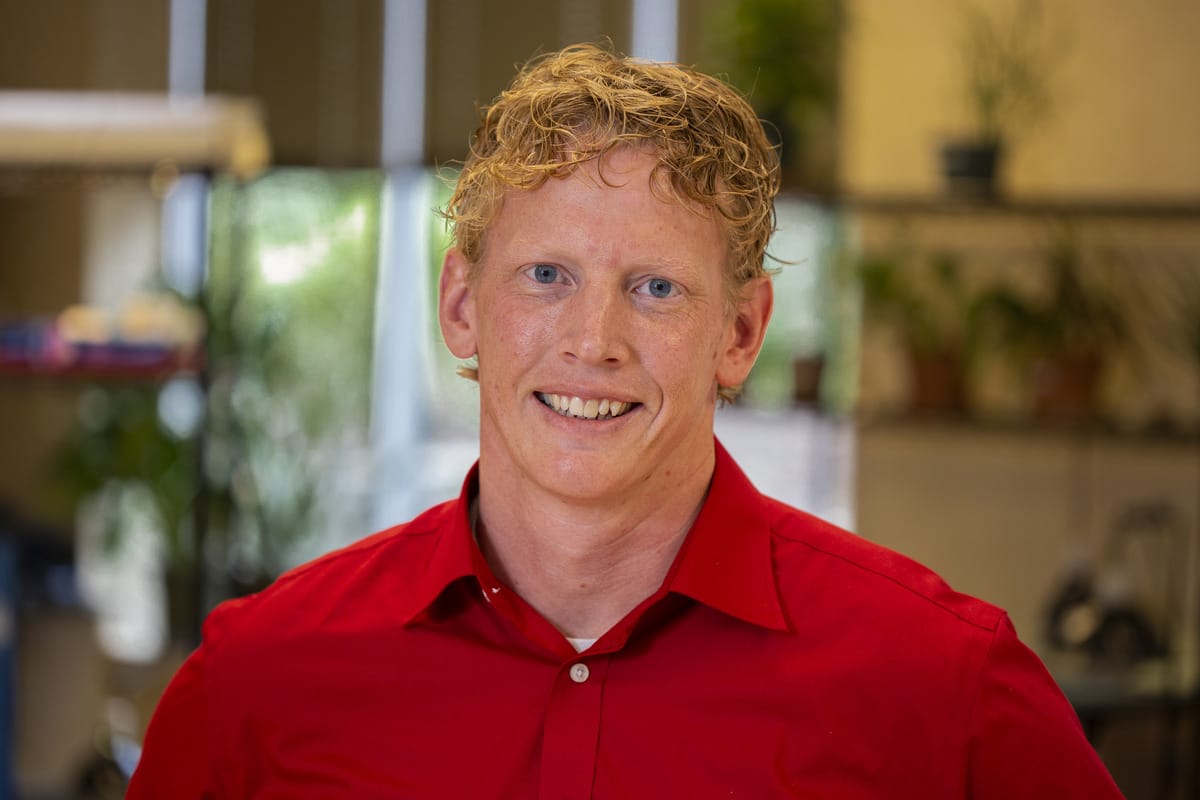Last night, I went into the arena.
I waited in line, got the jab, and joined one of the greatest immunization campaigns the world has ever seen.
It’s not often that we have the chance to participate in a movement this grand. This worldwide push is certain to enter the history books. After a year of battling against pandemic, the scientific community has broken through; our world now has the tools we need to beat COVID. Everyone in the arena felt the excitement. Even though it was late, the volunteers were cheerful. The mood in line was upbeat and optimistic. The entire experience was, frankly, inspiring.
If you haven’t considered getting the vaccine yet, I highly recommend that you discuss it with your doctor. For me, it was a memorable and meaningful experience. It reminded me of the importance of helping students step outside of the walls of the classroom… of the incredible power of going big.
The Here and Now
Going big means stepping outside of the classroom and connecting your students with the broader world. If you’re a frequent reader of Inquiry Insider, you know that we’re passionate about helping students understand that learning has purpose. Too often, students learn something today because it will help them learn something else next year, which will eventually help them when they’re all grown up.
But learning comes alive when students understand how their knowledge empowers them right now, today — and that experience is especially vibrant when they’re using their understanding to make a positive difference in the world. That means connecting your students with authentic audiences — helping them share their awesome work with the world outside your classroom walls. Need some ideas? The Blue Apple Authentic Audiences resource can help.
How can your students make a positive difference through those audiences? In working with standout teachers around the world, I’ve discovered that they empower their students in four different ways.
Four Paths of Empowerment
- Share Knowledge: One simple technique is to have students share their learning with others. In a world of digital media, having students create something that can be shared with friends, teachers, and parents around the world can help students have a visible, easily trackable way to measure their impact.
- Hold a Fundraiser: Fundraisers are another great way to help students feel the power of their influence. In our project Lend a Hand, students help entrepreneurs in developing countries around the world; students can go to bed every night knowing that the work they did is having a concrete difference in a community thousands of miles away.
- Commit to Communities: Students can also exercise their creativity to make their communities better. For instance, students in Goshen elementary schools in Indiana create art projects for area businesses as part of the Goshen Renaissance initiative. Every time they walk past their creation they can take pride in knowing that they brightened someone’s day and made their town a more wonderful place.
- Build Friendships: Finally, students can make a difference by building relationships with others. This can be particularly powerful when students connect with people who are different than they are. Get to know students from another state. Meet with people from a different culture. Interview senior citizens in your area. Building friendships is one of the richest and most rewarding ways your students can make the world a better place.
Help is Available
Changing the world can be hard — and it can feel like this year has already been hard enough. But it can also be rewarding — and in the words of poet David Whyte, “the antidote to exhaustion is not always rest; sometimes, the antidote to exhaustion is wholeheartedness“. And if you need help, I know a great place to find full projects and free resources to support your work. One of them even helps your students understand the science behind this moment in history!
We hope you are all staying healthy and safe during this difficult time. For more free educational resources simply follow this link. If you enjoyed this blog post, don’t forget to subscribe!
*Image courtesy of Vyacheslav Argenberg via Wikimedia Commons.

